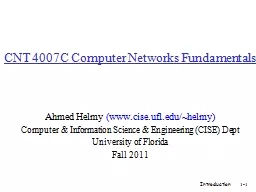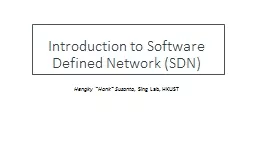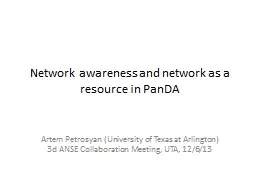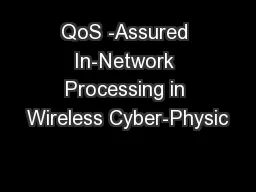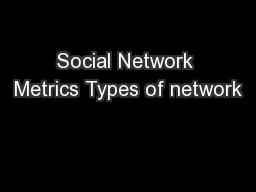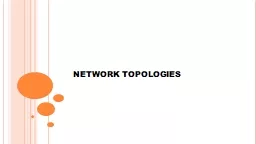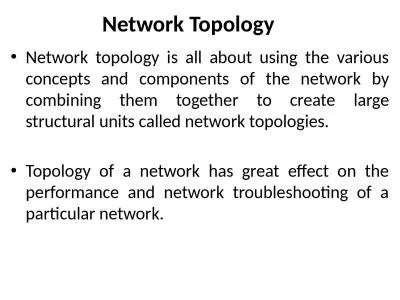PPT-Network Pajek Introduction
Author : marina-yarberry | Published Date : 2018-01-31
Pajek is a program for Windows for analysis and visualization of large networks having some thousands or even millions of vertices In Slovenian language
Presentation Embed Code
Download Presentation
Download Presentation The PPT/PDF document "Network Pajek Introduction" is the property of its rightful owner. Permission is granted to download and print the materials on this website for personal, non-commercial use only, and to display it on your personal computer provided you do not modify the materials and that you retain all copyright notices contained in the materials. By downloading content from our website, you accept the terms of this agreement.
Network Pajek Introduction: Transcript
Download Rules Of Document
"Network Pajek Introduction"The content belongs to its owner. You may download and print it for personal use, without modification, and keep all copyright notices. By downloading, you agree to these terms.
Related Documents




